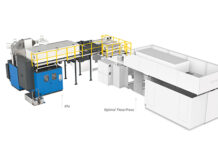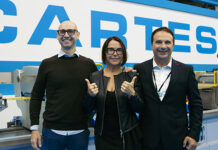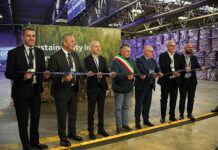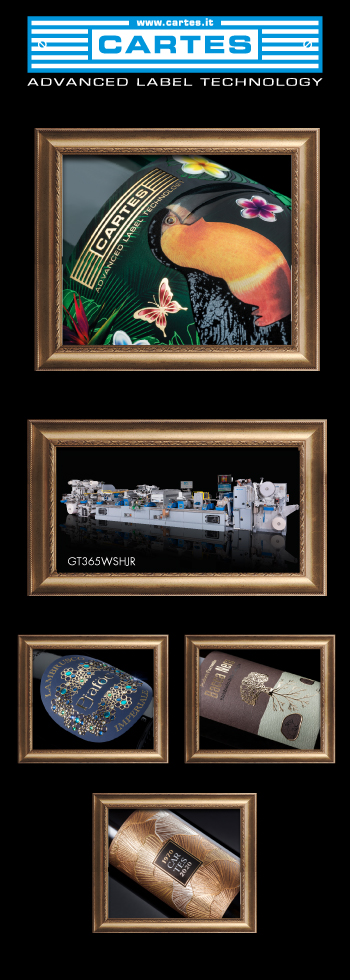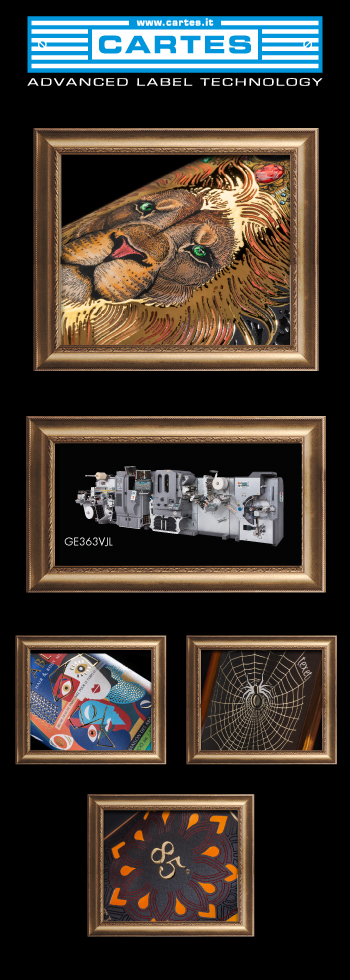Innovation doesn’t only means new products or processes, but also finding new applications to existing skills, in completely different contexts. OMET has always followed this guideline for its growth, exploring today new worlds like printed electronics and nanotechnologies through collaborations with international universities and start-ups.
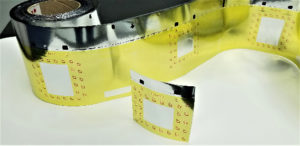 Smart packaging, connected and interactive products, traceable goods, anti-counterfeiting features: tremendous efforts are currently invested by retailers and brand owners to improve, among others, brand image, shelf life and products monitoring, consumer experience and to reduce food waist . Billions of goods that transit in markets are targeted by this « smart » revolution that will, eventually, drastically change our way of consumption. For this purpose, smart features integrating for instance sensors or communicating devices need to be embedded in to the product, or the package itself in order to track, store and transmit specific information such as temperature logging, opening status, localisation, checking point of sail, giving additional marketing contents, etc.
Smart packaging, connected and interactive products, traceable goods, anti-counterfeiting features: tremendous efforts are currently invested by retailers and brand owners to improve, among others, brand image, shelf life and products monitoring, consumer experience and to reduce food waist . Billions of goods that transit in markets are targeted by this « smart » revolution that will, eventually, drastically change our way of consumption. For this purpose, smart features integrating for instance sensors or communicating devices need to be embedded in to the product, or the package itself in order to track, store and transmit specific information such as temperature logging, opening status, localisation, checking point of sail, giving additional marketing contents, etc.
So far, smart features (ex: lighting, communicating tags, temperature sensors, tamper-proof systems etc.) have been developed and commercialized but they are mostly used for luxury products, high added value goods and small series. Why? Because their manufacturing and integration costs remain too high to become economical for billions of goods and disposable packages. Printing technologies have a great potential to manufacture theses smarts features on flexibles substrates, in large series and at low cost. Technological limitations still remain and have delayed the true industrialization of these applications.
Therefore, The Printability and Graphic Communication (ICI) has been driving its efforts in research and development toward helping the printing industry to overcome these technical challenges, develop specific know-how and industrialise the production of smart and functional printed applications.
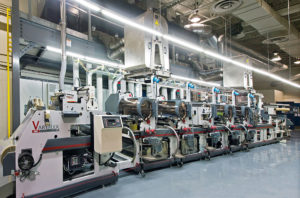 In this context, ICI invested in a Omet-Varyflex VF430 hybrid press 4 years ago with the financial support of the CFI (Canadian Foundation for Innovation) and the NRC (National Research Council Canada). OMET, showed also great interest to support ICI in this acquisition and collaborated with the Institute to make some modifications on the press to fit the requirements of functional printing. This polyvalent multi processes narrow web press aims, indeed, at supporting the research and development to prototype and scale-up new functional material and applications developed in academic or private laboratories or companies. In the past few years, ICI has successfully printed conductive materials and patterns for smart sensors or communicating device on this Varyflex. One of its greatest achievement is the industrialization of a fully printed 1.5 V or 3V flexible battery using flexography, screen-printing and lamination processes. Thanks to the collaborative work between ICI’s team and industrial partners from the Canadian printing industry, this low cost battery has risen the interest of big players in the flexible electronics and smart packaging market willing to find a low cost source of energy to power millions of smart applications. Results obtained from the trials on Varyflex can be directly exploited and transferred to the industrials partners who are now focusing on investing in a new printing line, manufacturing and commercializing the battery.
In this context, ICI invested in a Omet-Varyflex VF430 hybrid press 4 years ago with the financial support of the CFI (Canadian Foundation for Innovation) and the NRC (National Research Council Canada). OMET, showed also great interest to support ICI in this acquisition and collaborated with the Institute to make some modifications on the press to fit the requirements of functional printing. This polyvalent multi processes narrow web press aims, indeed, at supporting the research and development to prototype and scale-up new functional material and applications developed in academic or private laboratories or companies. In the past few years, ICI has successfully printed conductive materials and patterns for smart sensors or communicating device on this Varyflex. One of its greatest achievement is the industrialization of a fully printed 1.5 V or 3V flexible battery using flexography, screen-printing and lamination processes. Thanks to the collaborative work between ICI’s team and industrial partners from the Canadian printing industry, this low cost battery has risen the interest of big players in the flexible electronics and smart packaging market willing to find a low cost source of energy to power millions of smart applications. Results obtained from the trials on Varyflex can be directly exploited and transferred to the industrials partners who are now focusing on investing in a new printing line, manufacturing and commercializing the battery.
Thanks to a greater expertise in prototyping and functional printing, ICI has developed important channels of collaboration with the universities across Canada. It is for instance involved in the U-Fame Project (6.8 millions $CA from CFI) with Polytechnique Montréal which focuses on developing, manufacturing and analysing new printed communication devices using radiofrequency technology. ICI is also part of the NSERC Green Electronics Network (‘GreEN’, 8 millions $CA) since summer 2018. In this Pan-Canadian network, 13 universities, 1 college, 20 researchers and more than 20 companies will collaborate to develop a new generation of printed electronics applications with more sustainable materials and manufacturing processes. With the support of its infrastructure, ICI will play a central role to assist and train researchers and students to formulate new printable green materials to make them viable on large-scale roll-to-roll equipment.
Building on this momentum, ICI will continue to exploit and increase the potential of the Varyflexl with the collaboration of OMET. At the end of 2018, additional printing and drying units were added. Other technologies far from the conventional printing equipment (i.e. sintering, robotics, etc.) may be also considered to increase the versatility for hybrid electronics manufacturing. There is no doubt that the Varyflex has yet a long life ahead to support innovation and lead the path to new industrial high tech printed products!





